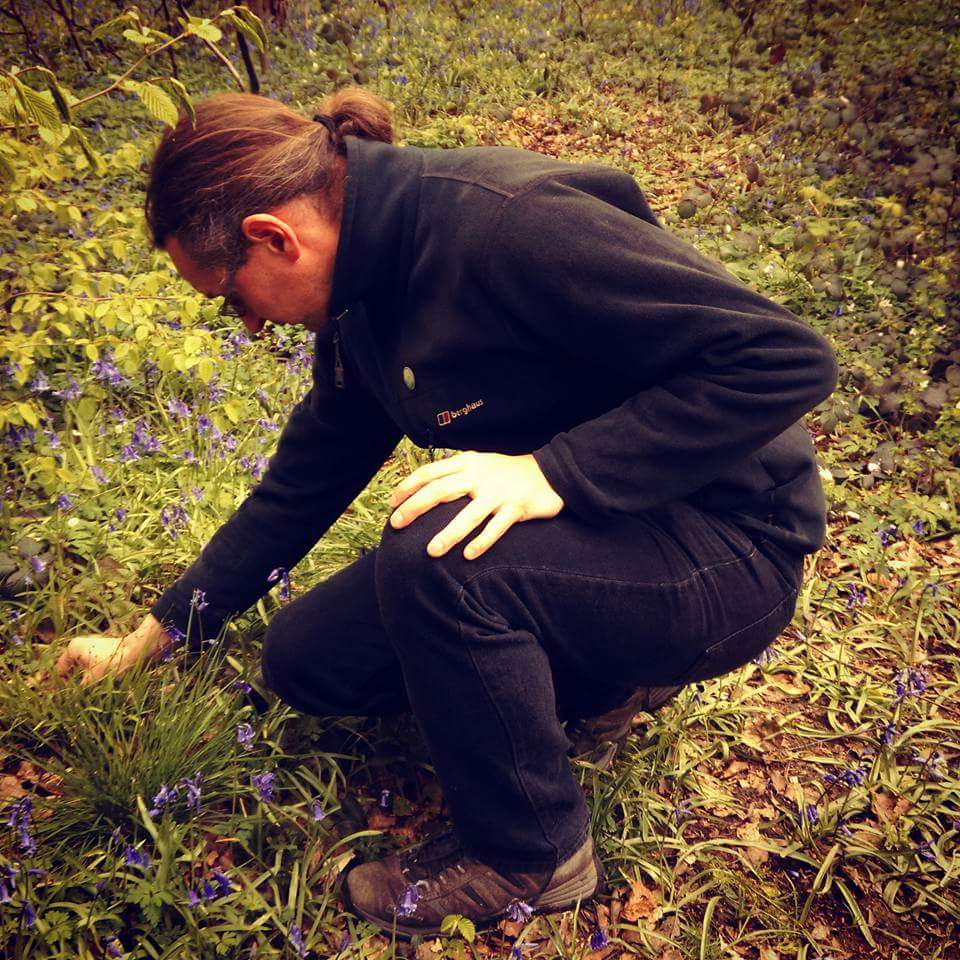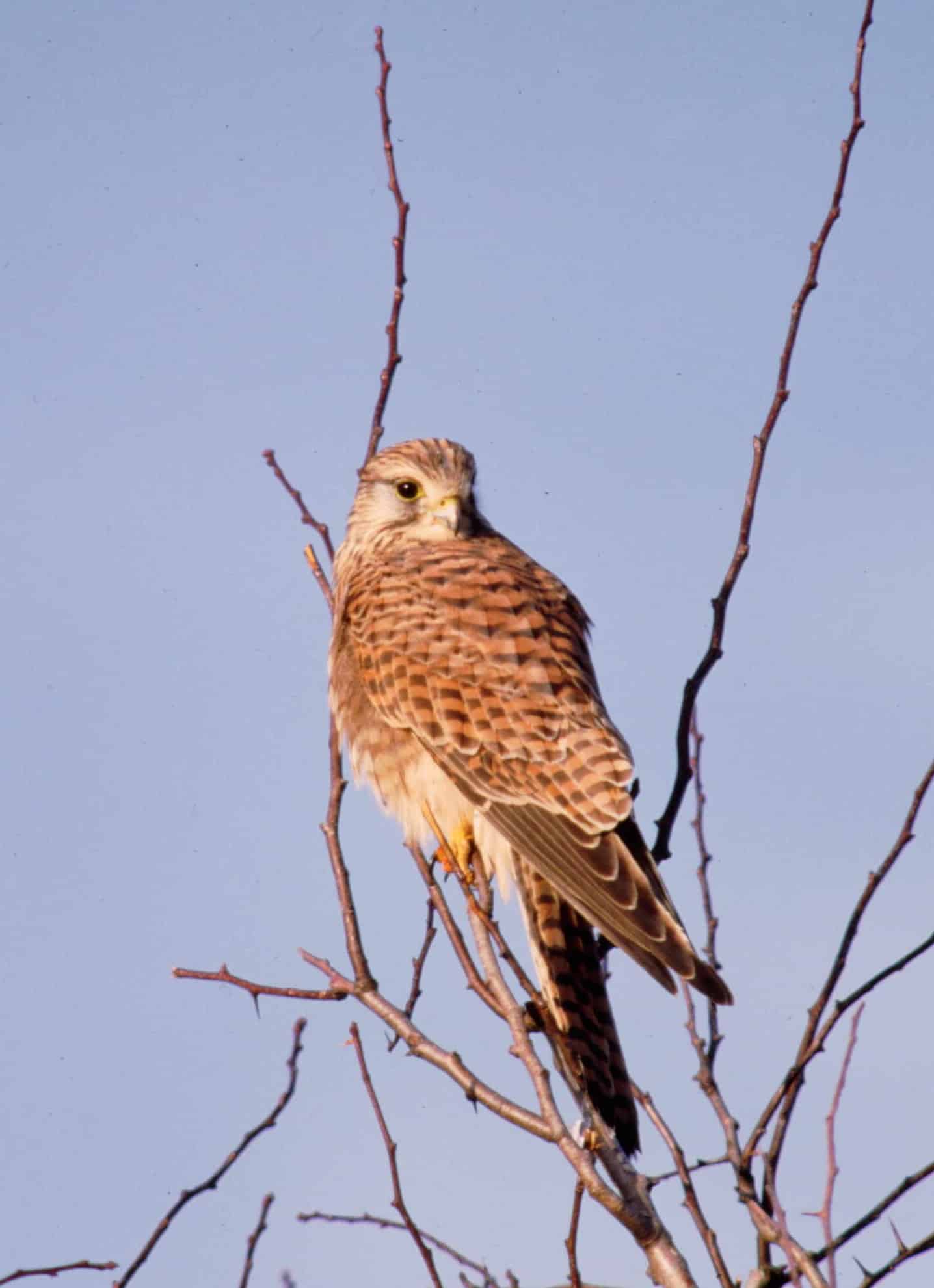Tony Wileman

It was not until 1995 that I started sending my data to other organisations and bizarrely it was a three month working trip to Japan that started the process. For London, it was another nine years before I started adding anything I had seen in the city to the London Biological Recording Project, the precursor to GiGL. This project was hosted by London Wildlife Trust who I became employed by in 2004 as Project Manager at Camley Street Natural Park (CSNP) in King’s Cross. In those days the team at CSNP kept a list of interesting sightings in the park which found their way onto the London database at a trickling pace.

Kestrel at Hogsmill Valley (c) Tommy Holden
This changed in 2007, when now employed as a Wildlife Surveyor for London Wildlife Trust, I got to survey all the open spaces of the Borough of Lambeth and a shared amount with Denis Vickers and John Dobson of the Borough of Enfield (I surveyed about a quarter) as part of the Greater London Authority’s Habitat and Open Space Survey which effectively started in 1984/85 with the Greater London Council’s London Wildlife habitat survey.
Although I was mostly recording vascular plant species, as a birder it was not uncommon for me to add any birds I found or heard while I had the trusty The Wildflower Key by Francis Rose in hand hoping to find something delightfully different from the norm. Finding over 250 species of plants (not including the deliberately planted or sown ones) on the small Lorn Road Allotment site in Lambeth was quite amazing. The following year it was the turn of Bromley to be surveyed, a huge Borough and one that promised many delights. It didn’t disappoint; finding blue pimpernel, a rare subspecies of the scarlet pimpernel, on Pauls Cray Hill Park was a gem of a find and walking some of London’s floristically rich and ancient woodlands and meadows on the chalk of the North Downs and recording my findings was an amazing experience. All of these sightings of course were submitted to GiGL via the software Recorder, which was an arduous inputting task but one looked forward to after six months of field surveying. This started my annual submission of records to GiGL and prompted me to send in any old records I had too.
As Conservation Ecologist for London Wildlife Trust since 2010 I have compiled and submitted all my gathered records from my own work, that of London Wildlife Trust’s as a whole from its reserves and contract work, and of course my own personal sightings. These have typically amounted to some 4,000+ records every year for the last five years: including a further three Borough-wide Site of Importance for Nature Conservation (SINC) reviews for Camden, Bexley and the City of London as well as over 100 individual site surveys. I now, after fourteen years of submitting data to GiGL, have nearly 67,000 records on their database of which over 60,000 are of flowering plants. That is 4.5% of all their flowering plant records, a statistic I am rather proud of.
More recently I have decided to collate my World Pan list: a record of all the species I have knowingly seen and identified (or had identified for me) throughout my life. It’s a crazy task I have set myself, but although I am still working on a total, my records over the years to GiGL have been paramount in helping to undertake this.
So, recording for me is now second nature and both a personal project and an important task. For, if it were not for the records held at GiGL, we would not know how green and important London is for wildlife and I think there would be much less of it if that were the case. Every record counts towards having a better understood, wildlife-rich city.
